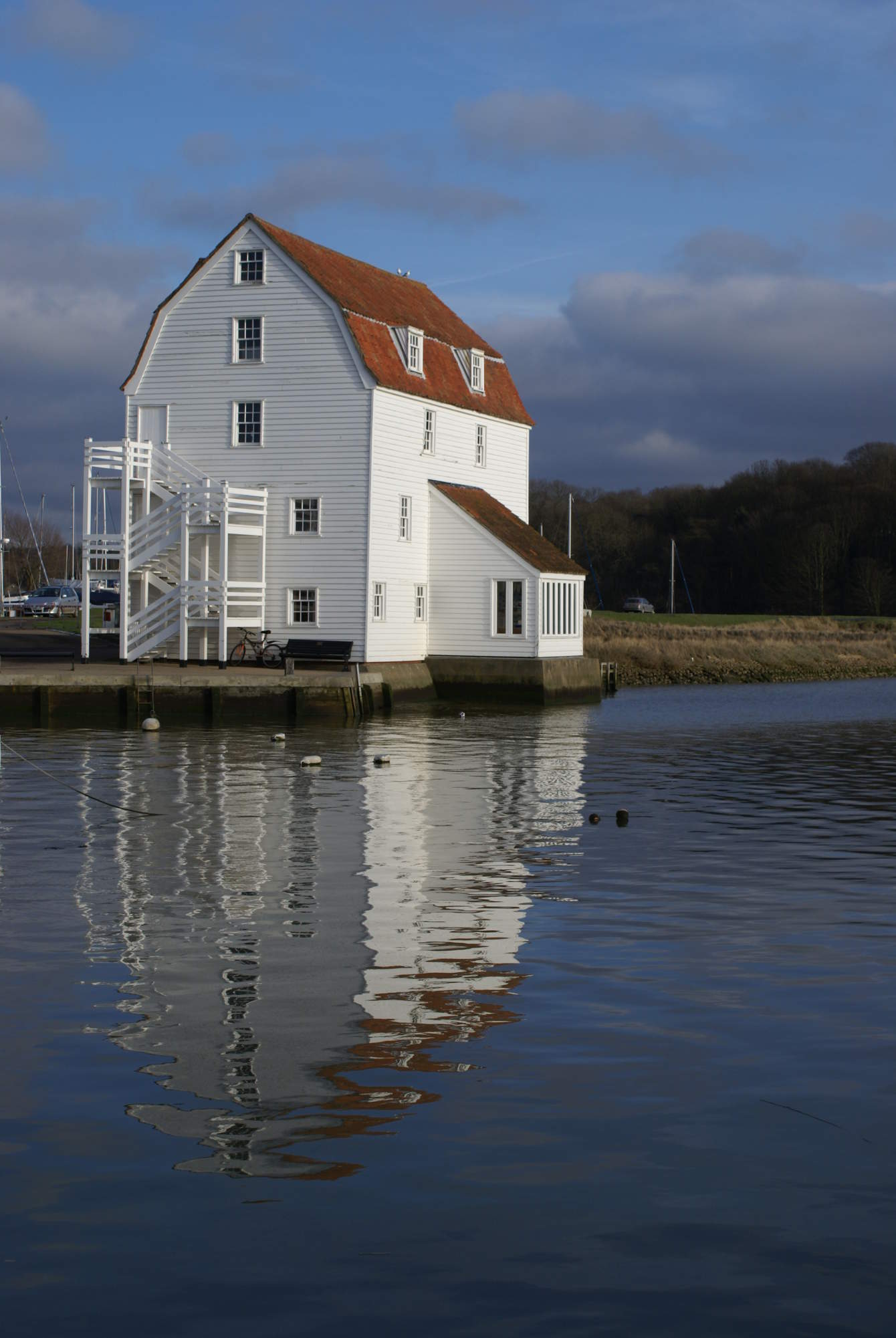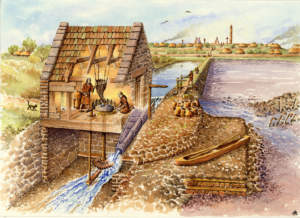Woodbridge Tide Mill Timeline
The history of the Mill, so far…

A lot has changed since the Mill was first built, and a lot more will change as we head further into the 21st Century. Looking back at the history of the Mill; we can see how it was adapted to suit each era and what events the Mill has lived through. Take a look at this Tide Mill timeline.

1170 is the earliest record of a tide mill on the site by the River Deben but it is unknown how many mills have stood there, even before this date. During this period, tide mills were vastly popular for the production of flour.
During the Middle Ages, the mill was owned by Augustinian Priors for 350 years, before being confiscated by Henry VIII in 1536. This was during the Dissolution of the Monasteries when Henry VIII disbanded monasteries, priories, convents, and friaries. By doing so, their income was expropriated, their assets were disposed of, and provided for their former personnel and functions. It has been stated that this act was one of the most revolutionary events in English history as there were nearly 900 religious houses in England, almost 12,000 people in total. The last monastery to be dissolved was Waltham Abbey in March 1540. After the Dissolution, the Mill was in royal ownership for the next 28 years.

After this, Elizabeth I sold it along with the Woodbridge Priory to Thomas Seckford. Seckford, who was an official at Elizabeth I’s court and a member of parliament, was born near Woodbridge. After being sold the manor of Woodbridge, he became a benefactor to both the church and the town. The Seckford family owned the Mill and Priory for over 100 years.
Following the ownership of Seckford, the Mill was passed down to several different private owners until it was rebuilt in the 18th century. In 1793, the present mill we all know and love was built on the site of the earlier ones.
During the outbreak of World War Two, this Mill was one of the only mills in the country still in operation. It would seem that the need and usage of Mill’s had fallen.
By the 1950s it had become the last working tide mill in the country, but in 1957 finally closed. 9 years later in 1968, it was saved and bought for Jean Gardner. It was then restored, and opened for public viewing in 1973.
Recently, further protection and restoration work has brought it back into use as a fully working tide mill as well being a fascinating and remarkable living example of our industrial and cultural heritage. This includes the 2011 modernisation project adding a new water wheel and fully restored machinery and the Mill reopening a year later. Currently, it is one of the only two tide mills in the U.K that regularly grinds wheat grain which produces wholemeal flour for resale.
Like many other museums and heritage sites across the country, the Mill was required to close due to the first lockdown in 2020. The Mill is planning to re-open after the third U.K lockdown on the 17th of May to celebrate the 850th anniversary of the Mill.
